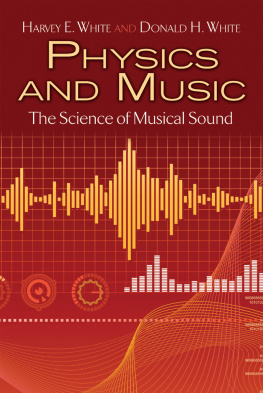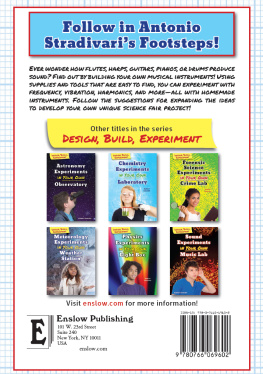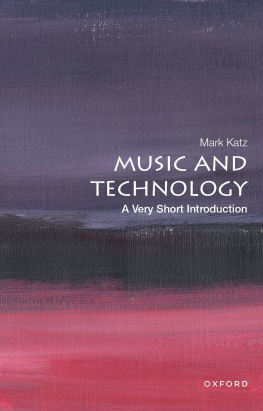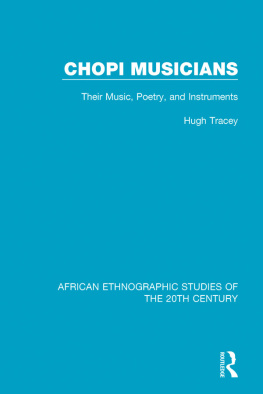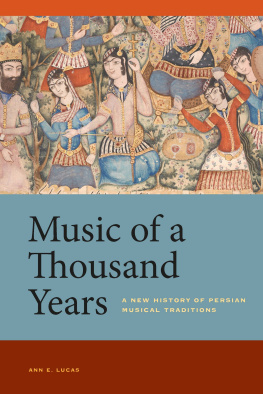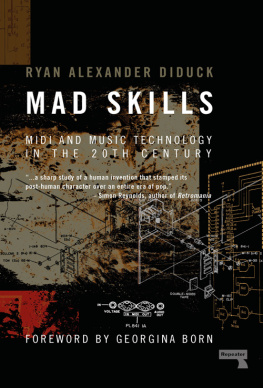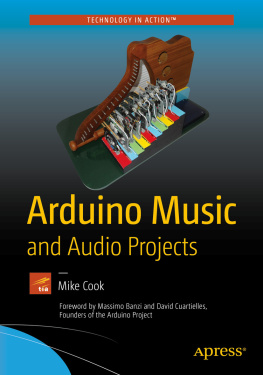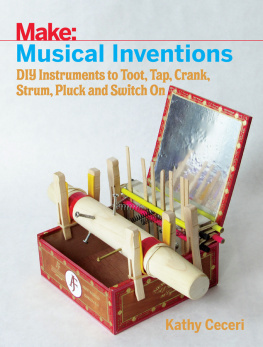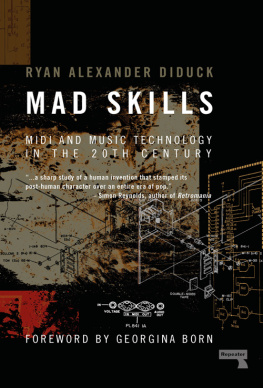Luminos is the open access monograph publishing program from UC Press. Luminos provides a framework for preserving and reinvigorating monograph publishing for the future and increases the reach and visibility of important scholarly work. Titles published in the UC Press Luminos model are published with the same high standards for selection, peer review, production, and marketing as those in our traditional program. www.luminosoa.org
The publisher gratefully acknowledges the generous contribution to this book provided by the AMS 75 PAYS Endowment of the American Musicological Society, funded in part by the National Endowment for the Humanities and the Andrew W. Mellon Foundation.
The publisher also gratefully acknowledges the generous contribution to this book provided by the Curtis Institute of Music, which is committed to supporting its faculty in pursuit of scholarship.
Instruments for New Music
Instruments for New Music
Sound, Technology, and Modernism
Thomas Patteson

UNIVERSITY OF CALIFORNIA PRESS
University of California Press, one of the most distinguished university presses in the United States, enriches lives around the world by advancing scholarship in the humanities, social sciences, and natural sciences. Its activities are supported by the UC Press Foundation and by philanthropic contributions from individuals and institutions. For more information, visit www.ucpress.edu.
University of California Press
Oakland, California
2016 by Thomas Patteson
This work is licensed under a Creative Commons CC BY-NC-SA license. To view a copy of the license, visit http://creativecommons.org/licenses .
Every effort has been made to identify the rightful copyright holders of material not specifically commissioned for use in this publication and to secure permission, where applicable, for reuse of all such material. Credit, if and as available, has been provided for all borrowed material either on-page, on the copyright page, or in an acknowledgement section of the book. Errors or omissions in credit citations or failure to obtain permission if required by copyright law have been either unavoidable or unintentional. The author and publisher welcome any information that would allow them to correct future reprints.
Library of Congress Cataloging-in-Publication Data
Patteson, Thomas.
Instruments for new music : sound, technology, and modernism / Thomas Patteson.
pages cm
Includes bibliographical references and index.
isbn 978-0-520-28802-7 (pbk : alk. paper)
isbn 978-0-520-96312-2 (ebook)
1. Musical instruments. 2. Music and technologyHistory. 3. Electronic musical instrumentsHistory. 4. MusicPhilosophy and aesthetics. I. Title.
ML460.P347 2016
784.1909'04dc23
2015028397
Manufactured in the United States of America
25 24 23 22 21 20 19 18 17 16
10 9 8 7 6 5 4 3 2 1
The paper used in this publication meets the minimum requirements of ansi/niso z39.481992 (r 2002) (Permanence of Paper).
For Audrey and Felix
Contents
Illustrations
. Excerpt of the piano roll for Hans Haasss Intermezzo (1927)
. Juxtaposition of a painting by Fernand Lger and a drawing of a drilling machine (1923)
. Technical illustration of the Welte-Mignon reproducing piano
. Cover of Musik und Maschine, special issue of Musikbltter des Anbruch (1926 )
. Oskar Schlemmers costume sketches for the Triadic Ballet
. Schematic representation of the Triadic Ballet s overall structure
. Paul Hindemith composing on a piano roll (ca. 1926)
. An artists rendering of Lee de Forests Audion Piano (1915)
. Technical draft of Jrg Magers crank-operated electric instrument (ca. 1924)
. Lon Theremin and Jrg Mager (1927)
. Jrg Mager and an assistant in the laboratory (1927)
. Jrg Magers notation system for the division of the octave into seventy-two equal intervals
. Jrg Mager playing the three-manual Partiturophon (ca. 1930)
. Photoelectric cells
. Diagrammatic representation of sound-film playback
. Oskar Fischinger, detail from Ornamente Ton (Ornament tone) display card, circa 1932
. Rudolf Pfenninger at work on his sonic handwriting
. Friedrich Trautwein with the first model of the Trautonium (ca. 1930)
. The electroacoustic laboratories of the Radio Research Section (1928)
. Paul Hindemiths sketch for the first movement of Des kleinen Elektromusikers Lieblinge
. The Orchestra of the Future?? from the 1932 German Radio Exhibition
. The Trautonium on the cover of Radio-Craft magazine , March 1933
. The Telefunken-Trautonium, also known as the Volkstrautonium
. One of the few known advertisements for the Volkstrautonium
. The three-voice Trautonium (ca. 1936)
. The five-voice Partiturophon (ca. 1934)
. The inventor as hero. Bust of Jrg Mager by Heinrich Jobst
Acknowledgments
This book would not exist without the involvement of many wonderful friends and colleagues. Those I name here are only the foremost.
Instruments for New Music began as a PhD dissertation at the University of Pennsylvania, where it was researched and written from 2010 to 2013. To my advisor, Emily Dolan, who patiently shepherded the project from its humble beginnings, I owe my sincerest gratitude. Committee members Carolyn Abbate, Jeffrey Kallberg, and John Tresch saw the project through to completion and offered invaluable guidance along the way. I am also deeply grateful for the kindness and warmth of Penn music department faculty and staff Lawrence Bernstein, Alfreda Frazier, Maryellen Malek, Jairo Moreno, Carol Muller, Guy Ramsey, Timothy Rommen, and Margaret Smith Deeney.
In the process of revising the dissertation into a book, many people have offered both general critiques and pointed readings of particular passages: my thanks to Peter Donhauser, Edward Jones-Imhotep, Cindy Keefer, and Deirdre Loughridge for lending their eyes and minds to this project.
Douglas Kahn, in addition to his extensive feedback on the text, provided counsel and encouragement every step of the way, for which I cannot thank him enough.
Thanks as well to Jonathan Coopersmith and Paul Bryan at the Curtis Institute of Music for their help in securing financial support for the publication of this book, and to Curtis library staff Michelle Oswell, Emily Butler, and Molly OBrien for their help during the final stages of research and writing.
The staff at University of California Press was wonderfully helpful in guiding me through the process of turning my manuscript into a book: sincerest thanks to Bradley Depew, Zuha Khan, Aime Goggins, Rachel Berchten, and above all my editor, Mary Francis. My copyeditor Barbara Armentrout and my indexer Suzanne Bratt showed remarkable patience and thoroughness in putting the manuscript through its final paces.
Finally, Im grateful to my parents, my family, and my wife, Audrey, and my son, Felix, for their love and support over the years. I couldnt have done it without you.
Thomas Patteson
Philadelphia, May 2015
Listening to Instruments
Music is of the imagination,
but the imagination is of the sound
and the sound is of the instruments.
Robert Donington
The demand for new instruments resounded at the dawn of the twentieth century. Suddenly, Ferruccio Busoni declared in his 1907 Sketch of a New Aesthetic of Music, one day it became clear to me: the development of music is impeded by our instruments. [...] In their scope, their sound, and their performative possibilities, our instruments are constrained, and their hundred chains shackle the would-be creator as well.


